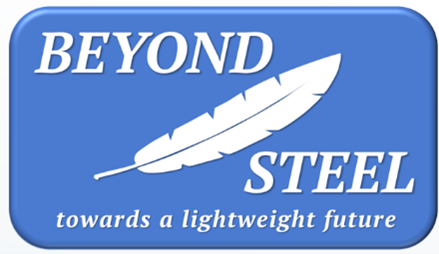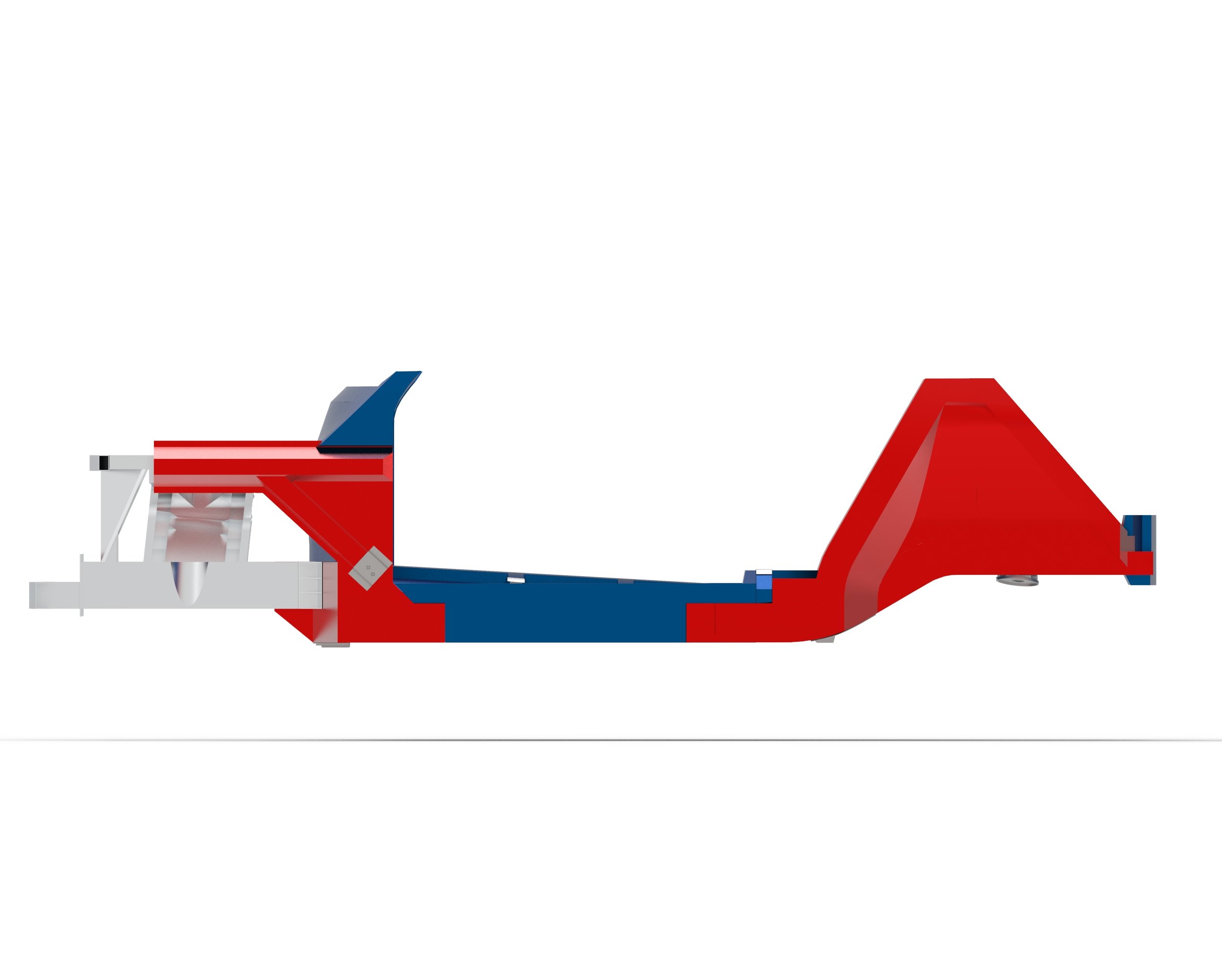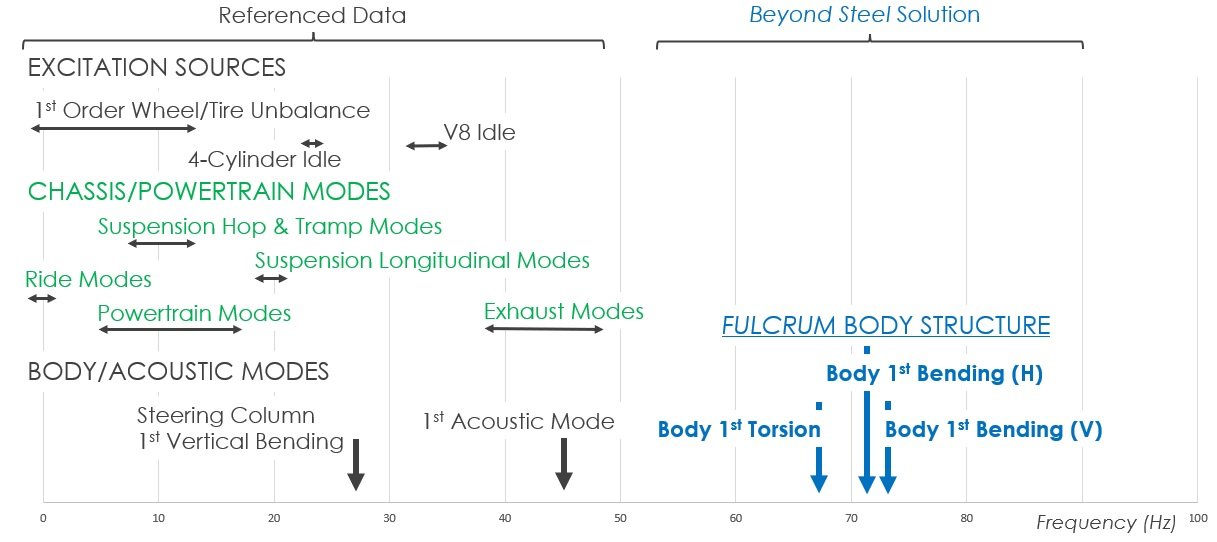Car Body Structures
Our modular body structure utilises an architecture optimised for long-fibre reinforced composites
Our technology covers three objectives:
Ultra-high mechanical performance
Thermal insulation
Structural damping
See Project FULCRUM for overview of mechanical performance
Beyond Steel Body Structures
Having carried out R&D into volume production carbon fibre body structures since 2004, members of Beyond Steel aimed to tackle market requirements over carbon fibre composites.
OEMs are faced with a costly scenario where battery electrification is being forced on them. This goes for all sectors of transportation
development costs have increased
low-risk technologies are being shelved for high-risk transient ones
vehicle mass has massively increased (reducing payload for commercial vehicle operators. Payload reduction may mean profit reduction or higher prices for customers)
OEMs are seeking ways to reduce development duration & costs of other sub-systems including bodies.
Beyond Steel worked through a platform architecture common to all passenger cars & SUVs. The same assembly process is applied to all variants. Each variant may be rapidly designed for package knowing that the mechanical performance is high. A mass/cost ratio can be optimised through materials selection to reduce performance to what’s required.
Experience in production costing showed that CapEx in the low-tens-of-millions was achievable, allowing new-starts to rapidly & cost effectively get into production. OEMs can take risks on new products without utilising old production processes & complex assembly lines for vehicle bodies made from hundreds of heavy parts.
High-performance Body Structure
Beyond Steel focus on reducing intrusion, especially the front which comprises a 3D composite node, ensuring the wheel assembly remains outside the cabin in a crash
With high torsion & bending stiffness, & high normal modes, we control the performance:
Vehicle dynamics teams have a stiff body to help their suspension development
NVH teams have a damped starting point for their refinement efforts
Passive crash safety teams have a safe body helping them develop good energy management in the decoupled front longitudinals
Durability teams have a low-strain body to support their efforts
Platform Modularity
Beyond Steel’s body structure architecture comprises a set of common parts. This allows for rapid development of variants based on common corners
Longer variants
Wider variants
Variation in upper body
If required, a common platform can be designed for:
Battery-electric vehicles
Internal combustion vehicles
As a pure Variable Vehicle Architecture (VVA), geometry, once set, need not change. Laminates can be modified to meet customer requirements allowing commoditisation of parts for cost reduction.
The mass/cost balance can be modified to suit market requirements:
Carbon fibre reinforcement reduces mass whilst increasing cost
Glass fibre reinforcement adds mass whilst reducing cost
Natural fibres are included strategically
Body Stiffness
Beyond Steel’s body structure is inherently stiff.
Normal modes can be controlled during the engineering phase through materials refinement.
With high normal modes, the structure utilises materials damping to minimise unwanted noise within the cabin.
Beyond Steel is currently researching the inclusion of moulded composite inserts using naturally damped materials. Our load introductions are massively stiff & strong, & concurrently damped minimising noise into the cabin.
Many automotive OEMs are trying to minimise mass through steel gauge reduction, insulation minimisation, and engine size reduction…
change the body structure materials to composites and you’ll achieve mass reduction without loss of interior noise control & refinement.
Costing
Beyond Steel is targeting modern multi-materials metallic body structures for cost equivalence.
Beyond Steel’s body structure is very stiff & very strong even with high-levels of glass-fibre & natural fibre. This allows us to balance mass & cost to suit customer requirements.







